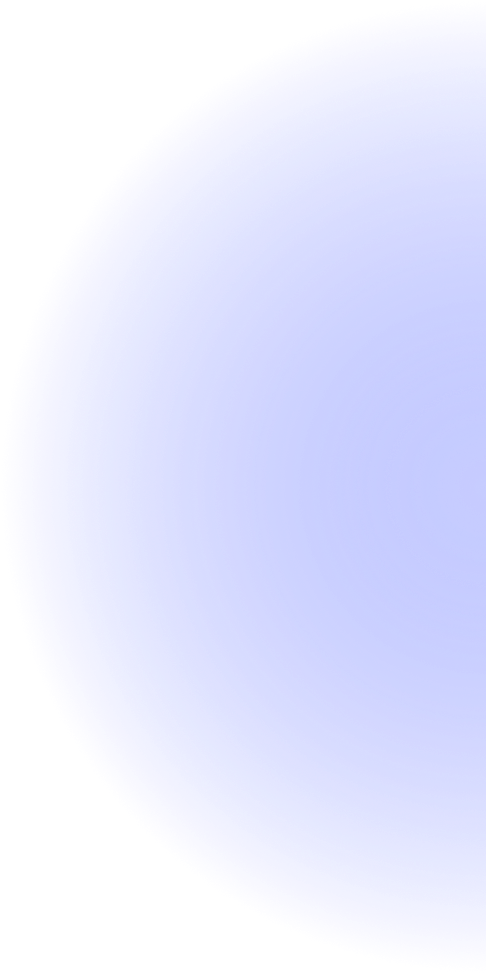The Different Types of Car Engine Parts and Their Functions
The Different Types of Car Engine Parts and Their Functions
The internal combustion engine is the heart of a car, and it is made up of many different parts that work together to make the car run. Each of these parts plays a specific role in the functioning of the engine, and understanding the different types of car engine parts and their functions can help you diagnose problems and make informed decisions about repairs and maintenance. In this essay, we will discuss the different types of car engine parts and their functions.
The cylinder is the most important part of a car engine. It is where the combustion process takes place, and it is where the fuel and air are mixed and compressed before being ignited by the spark plug. The cylinder is typically made of cast iron or aluminum and can be either four, six, or eight in number, depending on the engine size.
The pistons are located inside the cylinders and move up and down to compress the fuel and air mixture. They are connected to the crankshaft, which converts the up and down motion of the pistons into rotational motion to drive the wheels. The pistons are typically made of aluminum and are designed to fit snugly inside the cylinder to prevent any leakage of the fuel and air mixture.
The cylinder head is located on top of the cylinder and contains the valves that control the flow of fuel and air into the cylinder and exhaust gases out of the cylinder. The cylinder head is typically made of aluminum and can be either overhead valve (OHV) or overhead camshaft (OHC) design. OHC engines are more efficient and produce more power than OHV engines.
The camshaft, located in the cylinder head, controls the opening and closing of the valves through the use of cam lobes. The camshaft is driven by a belt or chain connected to the crankshaft. The camshaft is typically made of steel or aluminum and can be either single or dual in design.
The intake and exhaust valves are located in the cylinder head and control the flow of fuel and air into the cylinder and exhaust gases out of the cylinder. They are opened and closed by the camshaft through the use of rocker arms. The valves are typically made of steel or titanium and can be either overhead valve (OHV) or overhead camshaft (OHC) design.
The spark plug is located in the cylinder head and is responsible for igniting the fuel and air mixture in the cylinder. It is connected to the ignition system and receives a spark from the distributor or ignition coil. The spark plug is typically made of steel or copper and can be either standard or performance design.
The fuel system is responsible for delivering the fuel from the gas tank to the engine. It consists of the fuel pump, fuel filter, fuel injectors, and carburetor (if the engine is not fuel-injected). The fuel pump is typically located in the gas tank and delivers fuel to the engine through the fuel filter and injectors or carburetor.
The exhaust system is responsible for removing the exhaust gases from the engine. It consists of the exhaust manifold, catalytic converter, and muffler. The exhaust manifold is typically located on the cylinder head and collects the exhaust gases from the cylinders. The catalytic converter is located in the exhaust pipe and converts harmful pollutants into less harmful emissions. The muffler is located at the end of the exhaust pipe and reduces the noise of the exhaust gases.
In addition to these essential parts, there are also several other types of car engine parts that play a vital role in the functioning of the engine. For example, the timing belt or chain is responsible for keeping the camshaft and crankshaft in sync, which is essential for the proper functioning of the engine. The water pump is responsible for circulating coolant throughout the engine, which helps to keep the engine cool and prevent overheating. The oil pump is responsible for circulating oil throughout the engine, which helps to lubricate the moving parts and prevent wear and tear. The oil filter helps to remove dirt and debris from the oil, which can cause damage to the engine if not removed.
Another important car engine part is the starter motor, which is responsible for starting the engine when the key is turned. The alternator is responsible for generating electricity to power the car’s electrical system, including the lights, radio, and air conditioning. The power steering pump helps to make it easier to steer the car, by providing power assistance to the steering system.
It’s also important to mention the turbocharger and supercharger, these are devices that are used to compress the air that enters the engine, which can result in more power and efficiency. The turbocharger is powered by exhaust gases, while the supercharger is powered by the engine’s crankshaft.
In conclusion, the internal combustion engine is made up of many different parts that work together to make the car run. Each of these parts plays a specific role in the functioning of the engine, and understanding the different types of car engine parts and their functions can help you diagnose problems and make informed decisions about repairs and maintenance. It’s important to keep an eye on regular maintenance, and also be aware of warning signs that may indicate a problem with your car engine, so you can take action before it becomes a major problem. Remember, regular maintenance and timely replacements can prevent costly repairs and breakdowns in the future.








